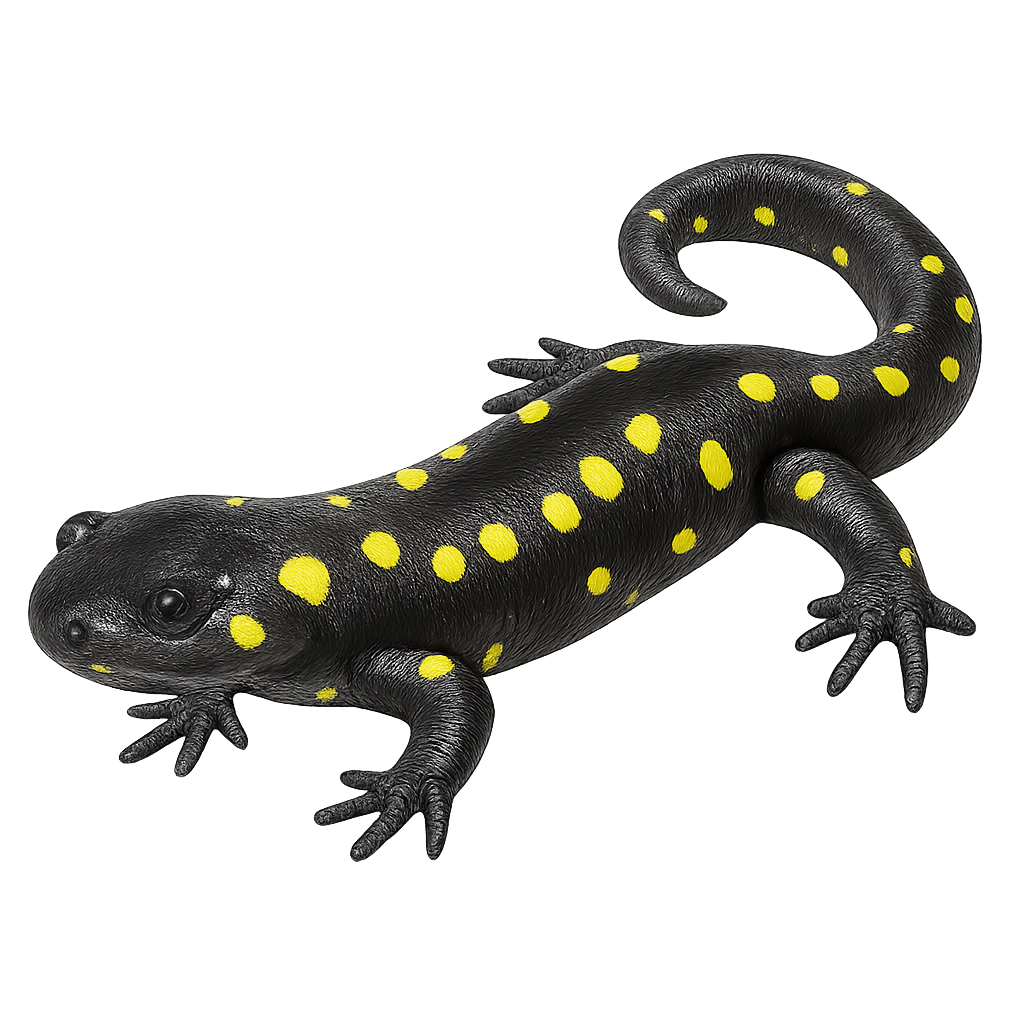Your wildlife photography guide.
Explore the spotted salamander in detail, study its behavior, prepare your shots.
Where to observe and photograph the spotted salamander in the wild
Learn where and when to spot the spotted salamander in the wild, how to identify the species based on distinctive features, and what natural environments it inhabits. The WildlifePhotographer app offers tailored photography tips that reflect the spotted salamander’s behavior, helping you capture better wildlife images. Explore the full species profile for key information including description, habitat, active periods, and approach techniques.
Spotted salamander
Scientific name: Ambystoma maculatum

IUCN Status: Least Concern
Family: AMBYSTOMATIDAE
Group: Amphibians
Sensitivity to human approach: Tolerant
Minimum approach distance: 5 m
Reproduction period: March to July
Incubation: 14-21 jours
Births: March to July
Habitat:
Humid deciduous forests and ephemeral pools
Activity period :
Mainly active at night, generally discreet during the day.
Identification and description:
The spotted salamander is an urodele amphibian, 15–25 cm long, with a jet-black back marked by bright yellow spots. It inhabits humid deciduous forests and migrates by night to ephemeral pools in early spring to breed.
Recommended lens:
Macro – adjust based on distance, desired framing (portrait or habitat), and approach conditions.
Photography tips:
Photograph the spotted salamander at dusk near an ephemeral pool; use a 100–200 mm macro lens on a tripod, low ISO and shallow depth of field to isolate its yellow spots against the dark background. Be patient and avoid sudden movements.
The WildlifePhotographer App is coming soon!
Be the first to explore the best nature spots, track rutting seasons, log your observations, and observe more wildlife.
Already 1 439 wildlife lovers subscribed worldwide

